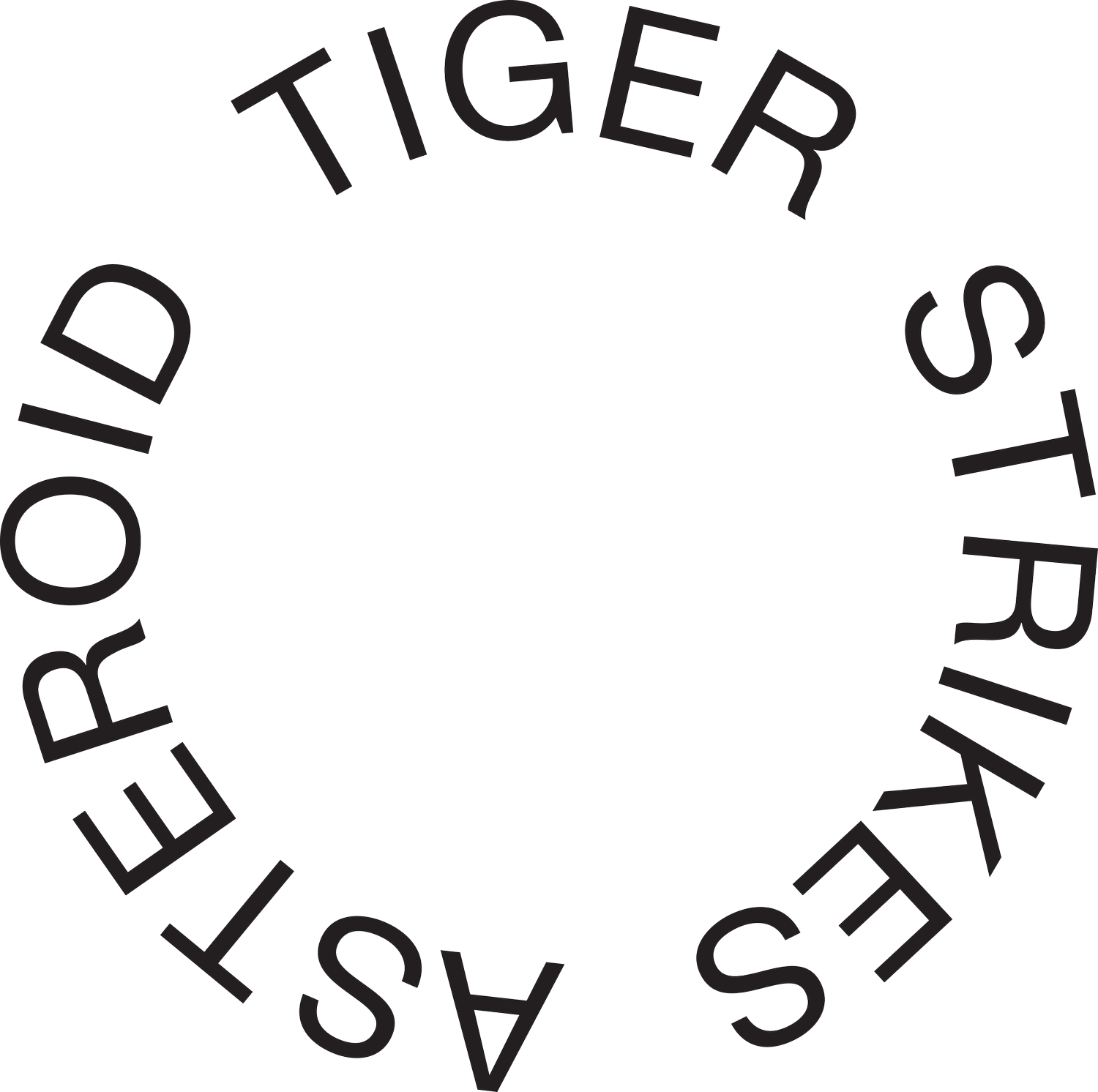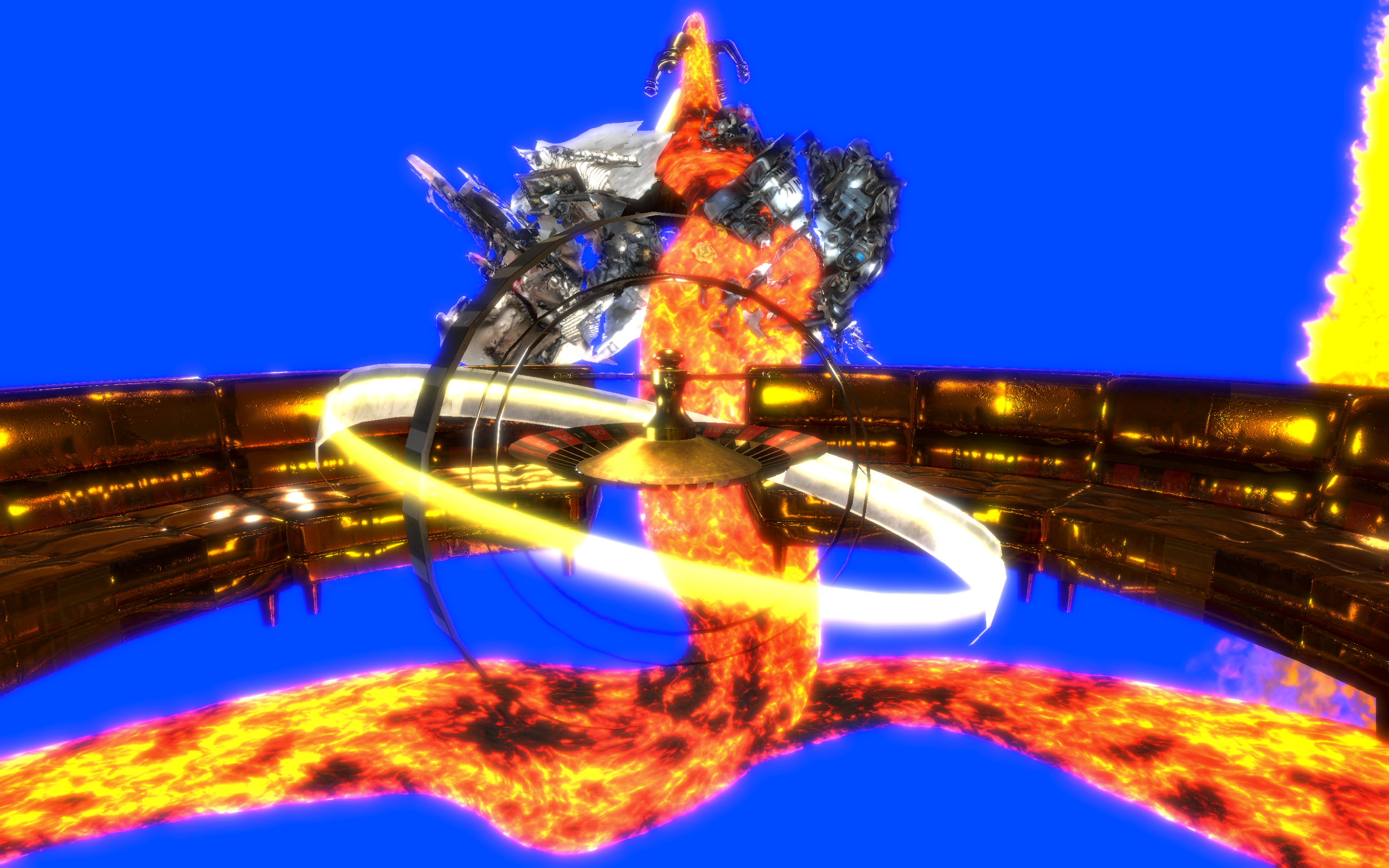Shane Mecklenburger, Double Zero: Goggles of True Seeing, 2018, Virtual reality, edition of 10
Primary Color Inspired by The History of a Color by Michel Pastoureau
In antiquity, ________ was truly celestial, a symbol of the infinite sky and transcendent spirituality. Ancient Egyptians crafted precious ________ pigments from lapis lazuli and azurite for sacred tomb paintings and funerary objects. In medieval Europe, ________ achieved divine status through the jewel-like radiance of cathedral windows and illuminated manuscripts, where ultramarine ________ was worth more than gold. The color became sacred through its association with the Virgin Mary, eventually transforming into the heraldic ________ of French monarchy. During the French Revolution, ________ evolved again, becoming the "political ________" of the Republic's tricolor flag, representing popular sovereignty and civic order. In Asia, ________ has maintained spiritual significance—in China, ________ and white porcelain became symbols of refinement and trade, while in many cultures ________ represents healing, protection, and infinite possibility.
But how do artists work with ________ today particularly in Southern California?
🫐
Renée Azenaro: We live within the blue embrace of the sky and the ocean, touching on psychological, emotional, physical transformations, along with its historical associations that are deeply entrenched in our psyche, and that attribute meaning to this color as it rises from unimaginable depths to indistinguishable lightness; one blue melting into another. The power of blue runs through us as we gaze at the water below us or the sky above us, watching its subtle changes that we barely notice occurring and moving around us, before they are gone in a whisper not unlike our memory. "refuge” is part of my “Infinite Possibilities” series of paintings and sculptures exploring the color, blue, and its infinite nuances.
Carl Baratta is constantly investigating different ways of compressing multiple moments into a single scene, a common conceit of miniature painting & Sienese imagery. He also can't help cramming in references to Norse mythology, and other narrative sources that are visual, written, or sung. You know how Dr. Frankenstein is basically a kleptomaniac filching limbs and organs to build his monster? Carl does that but with stories and images that he loves and wants to see in the world.
Fatemeh Burnes is an artist, educator, curator, and activist based in Los Angeles. Her painting and photography focus on nature and human nature by looking at modern events and tragedies, both ecological and social, and how those events manifest in contemporary life. Some of her most current work highlights environmental and identity issues, specifically in the context of her experiences as an immigrant and as a woman.
Ricardo Harris-Fuentes draws inspiration from indigenous cultures and traditions to generate his imagery. In “Tiger Strikes Asteroid” (the painting) he has imagined a blue tiger which represents the universal spirit energy of all tigers. The tiger embodies raw power, independence, and focused energy, as well as overcoming fear and engaging with life from an intuitive instinctual frame of reference. One might think of the painting as an alter painting for a futuristic religion based on nature, astronomy, and the manipulation of energy. At the same time there is a slightly haunting look in the tiger’s eyes. Are they watching us from a predatory stance, or judging us as we decimate the planet ecologically and perhaps one day soon limiting the appearance of tigers to paintings and other inorganic media due to extinction.
Ichiro Irie: Multidisciplinary artist, Ichiro Irie’s current body of work playfully fuses, juxtaposes, celebrates, and dissects art historical works from the 20th century along with offerings from culture at large that have informed the artist's formation. Featured in his video, painting and sculptural works are a cast of characters with names such as Vincent Van Damme, Pikacho, and Frida J-Lo. For Tryst, 2025, Irie presents “International Klein Blues x Two” fusing two disparate cultural figures with conveniently matching surnames; one known for his overpriced, denim attire and the other for his ultra-ultramarine monochromes and associated performances involving naked ladies.
Anita Kucharczyk looks for light in color. Strongly influenced by the Light and Space Movement, she has a deep interest in how the luminous properties of a painting alter our perception of reality and how they affect our feelings. Each color and its visual properties carry a specific emotional resonance and—when used properly—can convey a spectrum of emotions to the viewer.
Shane Mecklenburger uses multiple media to explore constructed value, mediated experience, and the illusion of control. His projects often repurpose popular culture and simulation systems. Double Zero: Goggles of True Seeing is a VR environment exploring memory and histories, both personal and political. A portal in a giant roulette table leads to a surreal bluescreen void circled by meteors, lava, and industrial detritus. The audioscape features recordings from a 1974 father-son road trip (the artist’s father and brother) that coincided with President Nixon’s resignation. Roulette is a game of pure chance, involving no skill, unless the house is cheating. Double Zero was commissioned by the Digital Museum of Digital Art (DiMoDA) in 2018.
Chris Miller: Grounded in both intuition and environmental observation, Miller’s practice is informed by his experiences in natural and built environments. He often draws inspiration from his surroundings while distance running, observing the interplay of land, sea, and human-made elements. These moments of collision—where organic and industrial, beautiful and unsettling, coexist—fuel his process. He takes cues from impromptu sculptures in the landscape, like sticks planted in the ground with bits of fabric or etchings in sand and concrete. These encounters inform the complexity of his work, which mirrors the layered and chaotic beauty of the world around him. By blending organic, geologic, and anthropomorphic references, Miller creates objects that feel both familiar and undefinable, offering viewers a rich experience that echoes the complexity of the environments that surround us.
Sean Noyce: One Interval references the daylight and nocturnal patterns in Los Angeles over the course of a year, connecting celestial happenings with terrestrial events. Scientific research has shown how celestial bodies can affect everything from rising tides, to reproductive cycles, agricultural growth patterns, and more. The etymology of the word “lunatic” even suggested that lunar cycles can affect mental states, driving people to behave erratically during intense full moon cycles. One Interval reconnects the fields of knowledge with that which is mysterious.
Jynx Prado critiques and questions social, cultural, and natural environments and the coexistence of them through an interdisciplinary practice. With mediums ranging from traditional drawing and painting, fiber, found objects and themself, they create humorous and yet uncanny characters and iconography to embody the irony and absurdity of sociopolitical events, community, and personal conflicts. Prado creates sculptures, performances and visuals that intertwines queerness, their Latino/a/x/e community and historical and mythological texts.
Katya Usvitsky uses soft materials and her work is process oriented, deliberately slow and meditative. She works with organic fiber, nylon and thread to create otherworldly objects reminiscent of cells, eggs, bacteria, cancerous growths and fungi. The work intends to prompt a dialogue about the body.
Surge Witrön: Witrön explorative process produces works that combine coexistent traditions in abstract painting, gesture mark making, and visual D.N.A. Visual language is created through the process of overlying, erasing, abrashing, bringing to the surface and pushing back. Components of personal D.N.A. are embedded through personal artifacts of matriarchy members, ready-made material, and repurpose play objects.
Del Amo Crossing, 21535 Hawthorne Blvd, Torrance, CA 90503
On View: Sat & Sun, Jul 12 -13, 12 - 6 pm
FREE ADMISSION
TRYST is a new international art fair for artist-run-spaces and collectives as well as an internationalSunday Panel discussions: 1-2 pm Networking for the socially anxious artist 3-4 pm Initiating a successful gallery exchange conference addressing the needs and future of global exchange for artist-run spaces, collectives, and organizations. A Torrance Art Museum (TAM) project, TRYST addresses the need for opportunities that foster artistic exchange between grass-roots artist organizations worldwide. This art fair will introduce international artists to Los Angeles, a leading center for contemporary art. Connecting artists to the art-savvy Los Angeles audience, the LA arts scene, and to one another allows unlimited networking opportunities in which artists can engage with other participants and develop further international exchanges. Talks and performances will be included in the program, as well as social events for participants. This will be the second edition of TRYST.

